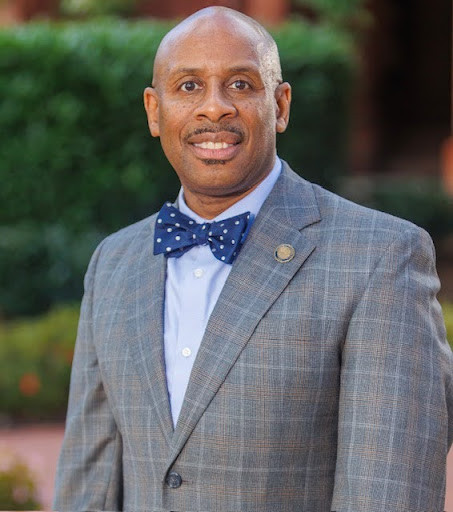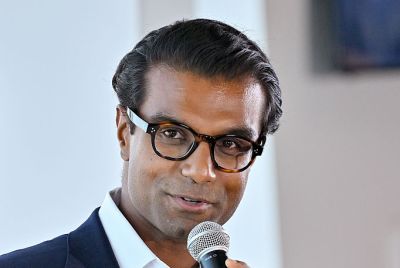Enrollment to Career Readiness: Dr. Leroy Hamilton, Jr. on How Graduation and Workforce Readiness Define True Success

Success in higher education is often misunderstood. For some, it is measured in rankings or endowment size. For others, it's about enrollment numbers or faculty research. But according to Dr. Leroy Hamilton, Jr., a senior leader in higher education with over 30 years of progressive experience, success can only be defined by outcomes for students. "For me, success means students either graduate with a degree or leave prepared to enter the workforce," he explains. "That's the value proposition I bring to every institution I serve."
Dr. Hamilton has worked at nearly every level of academia, from professor, to director, executive director, dean, vice provost, and provost vice president for academic affairs. This breadth of experience, combined with decades of executive leadership, gives him unique insight into where institutions thrive and where they fall short. His perspective is clear, without systems that drive student engagement and retention, higher education cannot achieve its ultimate mission.
"Too often, students sit in classrooms where professors simply lecture them," Dr. Hamilton notes. "But engagement means students are active participants, using technology, working in groups, connecting lessons to real-world applications." He points to an educational theorist whose research demonstrated that engaged students persist longer and achieve better outcomes. By integrating interactive approaches, such as projects that apply artificial intelligence or problem-based group assignments, institutions create environments where students see the relevance of what they are learning. "When students make those connections, they are retained, they persist, and they graduate," says Dr. Hamilton.
Retention, in his view, is the natural partner to student engagement. This engagement may spark motivation, but retention systems ensure persistence. "Retention is about building support structures," Dr. Hamilton explains. "That means tutoring for students struggling academically, mentoring programs that make them feel part of the institution, and faculty development to ensure professors are using best practices to keep students involved." He emphasizes internships and experiential learning as equally vital. "When students get hands-on practice and can apply classroom lessons in real settings, they not only graduate, they graduate career-ready."
These systems serve students directly, but they also generate powerful benefits for institutions themselves. "Funders and donors want to invest in schools that demonstrate results," says Dr. Hamilton. "When students graduate and land good jobs, it shows these programs work. That attracts more investment, strengthens your brand, and builds credibility in the community." For him, student outcomes are inseparable from institutional growth. Strong graduation rates not only validate academic quality but also fuel financial sustainability, alumni engagement, and long-term reputation.
Retention, persistence and student success has guided Dr. Hamilton's leadership philosophy across institutions nationwide. Over his career, he has secured millions in external funding to design and implement programs that prioritize student success. His efforts reflect a holistic belief that when institutions put students at the center, everyone benefits. "When your graduates go out into the workforce and thrive, they become the best ambassadors for your institution," he says. "They tell their stories, and that builds the institution's brand far more than any marketing campaign."
Yet Dr. Hamilton is candid about the current state of higher education. Many institutions still struggle with low engagement, insufficient support systems, and disappointing graduation rates. The result is a widening gap between student expectations and institutional delivery. "Right now, too many students leave without a degree or without being prepared for the workforce," he says. "That is a failure, not just for the student, but for the institution and the community it serves."
His solution is straightforward but requires commitment at every level. "Success is not something one office can achieve," Dr. Hamilton stresses. "It has to be an institution-wide effort. All units, academic affairs, student services, faculty, administrators, even the board of regents, must play a role in building systems that support student success." In his experience, when leadership embraces this comprehensive model, outcomes improve dramatically.
At its core, his message to institutions is both simple and transformative. Success is measurable and it begins and ends with students. "We can't just say students are doing well; we have to prove it with results," Dr. Hamilton says. "If a high percentage of students graduate and secure jobs in their field, that's real success. That's what makes institutions credible, sustainable, and worthy of investment."
For Dr. Leroy Hamilton, Jr., true success in higher education is not an abstract idea. Consequently, it is a lived outcome, measured in degrees earned, careers launched, and the enduring credibility of institutions that prioritize student achievement above all else.
© Copyright IBTimes 2025. All rights reserved.





















